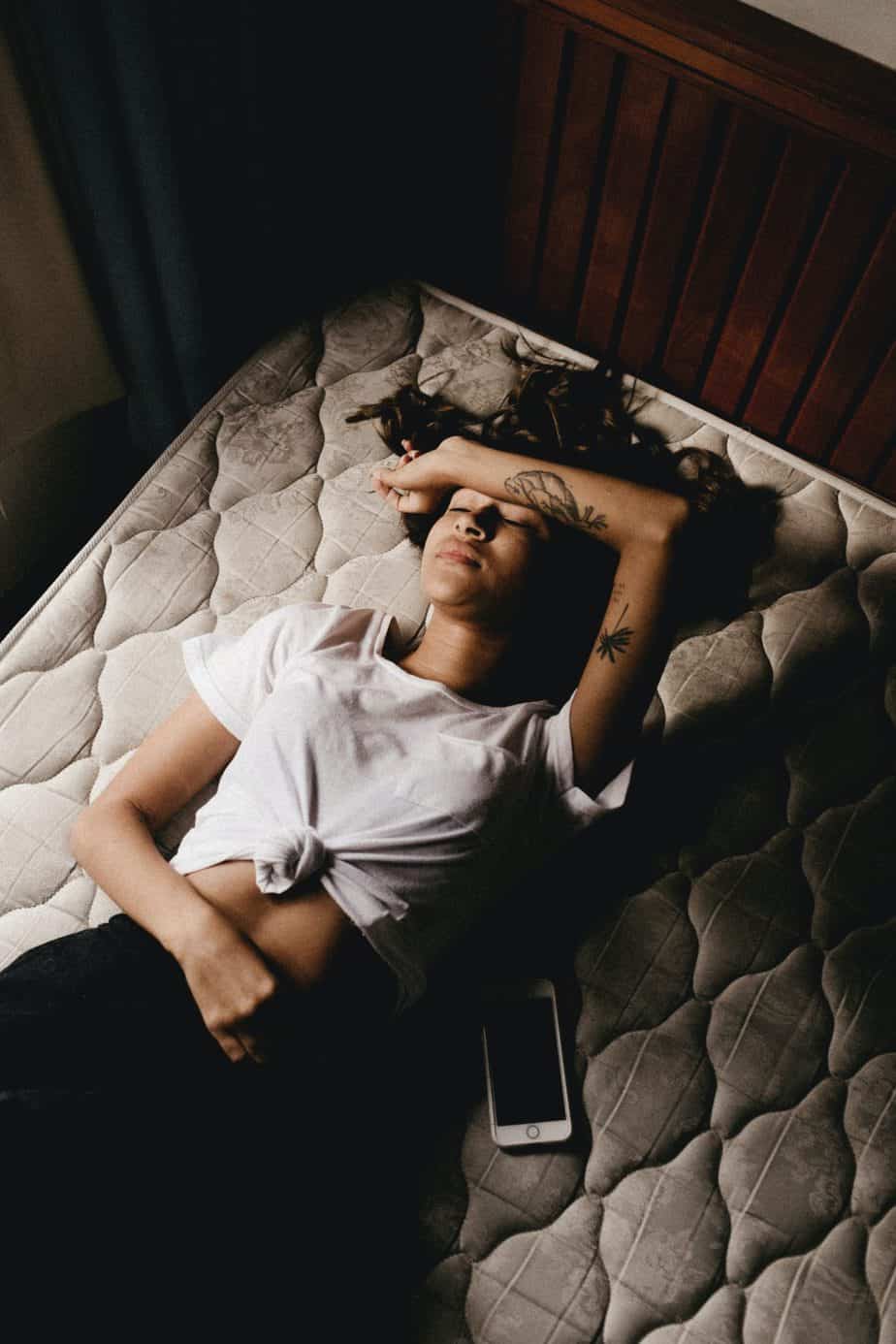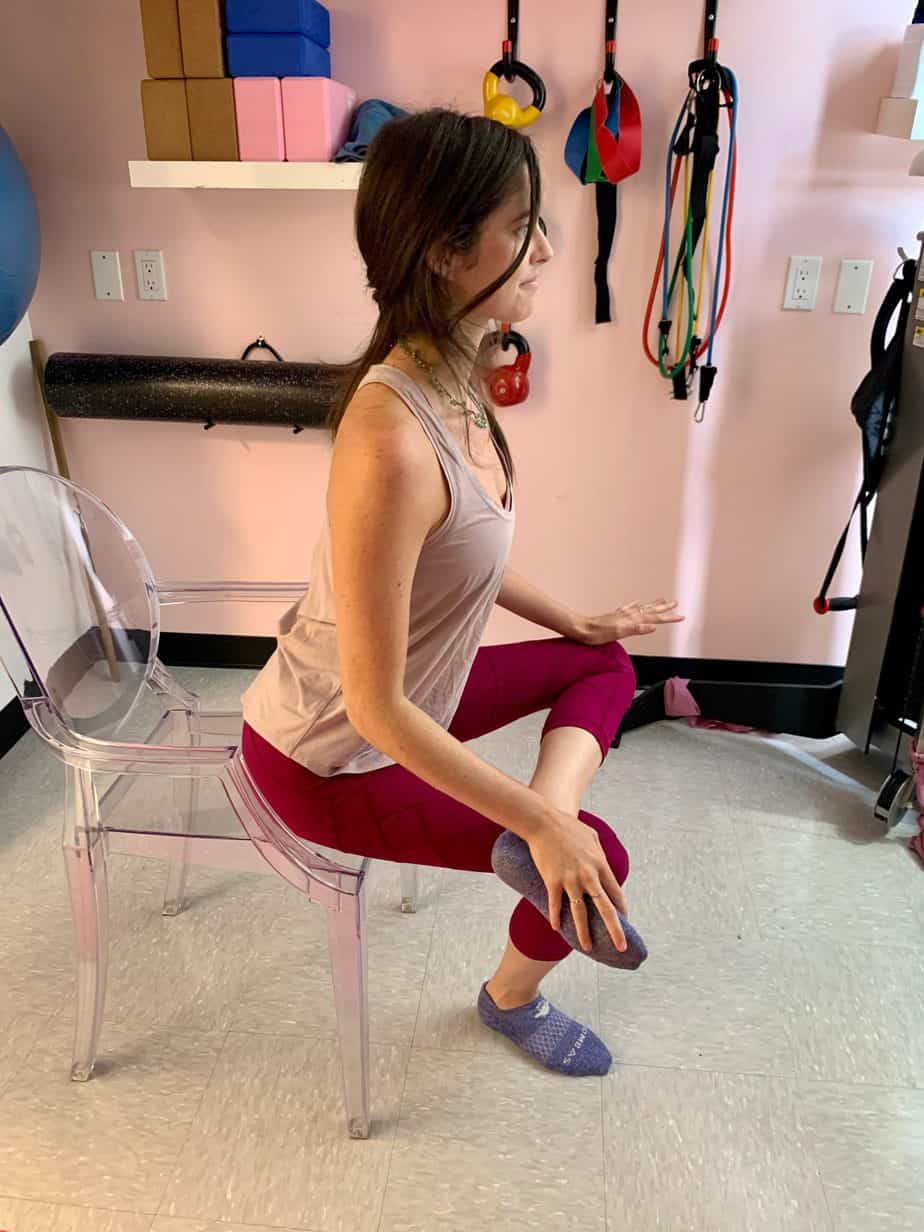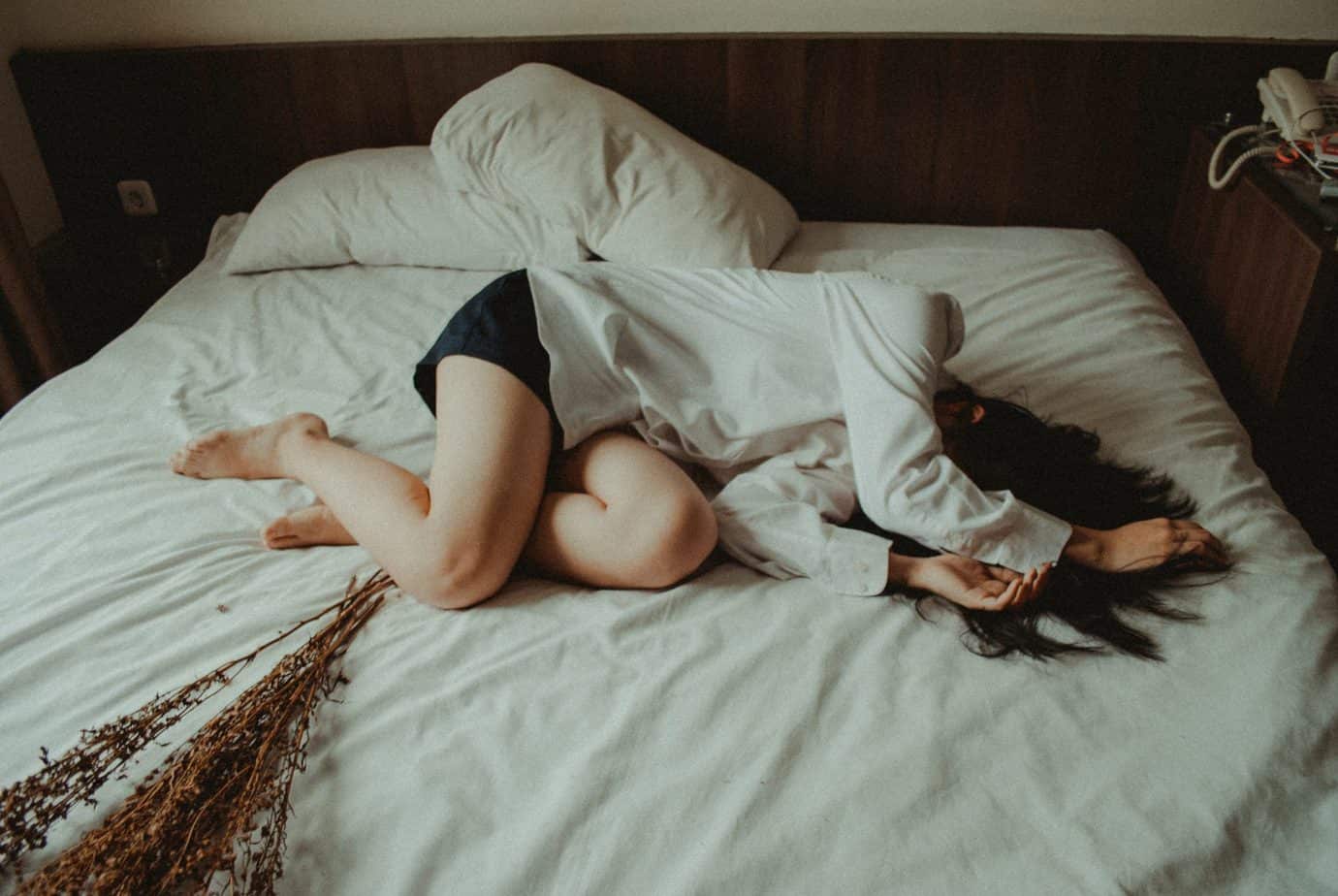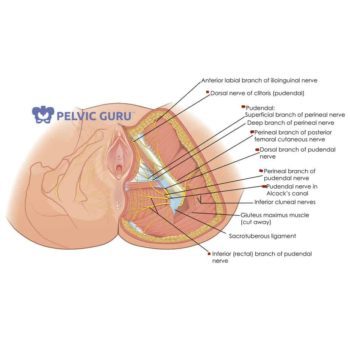What is Interstitial Cystitis?

Bladder dysfunction is common and it’s important to differentiate what is causing your symptoms as there is some overlap between diagnoses. Interstitial Cystitis (IC) is used to describe many things. Two of the primary things being painful bladder syndrome and chronic pelvic pain.
Interstitial Cystitis Symptoms
Interstitial cystitis occurs in both male and females. Symptoms can be mild and therefore may go undiagnosed for years.
Symptoms include:
- a frequent and/or urgent need to urinate
- nocturia (waking up to urinate)
- pelvic pain, usually in the urethra and rectum
- pain extending to the lower back and inner thighs
- pain with sex (dyspareunia)
Overactive Bladder vs Interstitial Cystitis?
With bladder dysfunction, many healthcare providers will first rule out bacterial infection. There is some overlap with other bladder syndromes including overactive bladder (OAB). OAB also presents with overlapping symptoms of urinary urgency, urinary frequency and nocturia. One main difference is the occurrence of urinary incontinence which occurs in OAB (specifically urge urinary incontinence). Pelvic pain and dyspareunia (pain with sex) is more common in interstitial cystitis.

Urinary Tract Infection (UTI) vs Interstitial Cystitis?
The most common symptoms of interstitial cystitis very closely resemble someone experiencing a UTI, there are however a few key distinctions. With IC, an individual may feel relief with urination, where with a UTI, the process of urination is usually painful. Individuals with a UTI, have an active infection in their body, and with a urine test and some antibiotics the symptoms are usually resolved. This is not the case with IC. With IC, symptoms usually occur for several months before a diagnosis can be made, and can sometimes occur due a previous occurring UTI.
What kind of help is out there for someone with IC?
Much of the treatments for IC, involve treatments to treat the symptoms. Oral, topical and internal medications can be prescribed to help with discomfort and pain. You can also visit with a Pelvic Health Physical Therapist who will work specifically on the pelvic floor muscles and their inter-connected relationship with each other to improve efficiency.
How can Physical Therapy help?
A pelvic floor physical therapist can provide you with extensive knowledge and exercises to help improve symptoms. Pelvic floor physical therapy can help improve symptoms teaching patients better toileting habits, educating on diet modification avoiding common bladder irritants. Specific treatment intervention is determined after a comprehensive evaluation. Most treatments involve pelvic and/or spinal and/or hip re-alignment, pelvic muscle re-education reducing trigger points, stretching tight muscles and teaching proper muscle coordination and toileting techniques.
Body Harmony Physical Therapy offers one pelvic floor physical therapist to one patient evaluation and treatment sessions. Our treatments are for up to one hour in a private treatment room (not a booth). We provide individualized home programs to every patient. We offer a quick call back option for potential patients who have questions or concerns related to physical therapy.







